Why are distilleries always made of copper?
Distillation systems are usually made of copper. Why is that? I've been asked this question many times before, so it's time to write a blog post about it. 🙂
I know of four good reasons why distilleries are usually built from copper. Some stills are made from stainless steel instead.
1. Catalytic effect
Copper has a catalytic effect. As alcohol vapor travels upward through the distillery's head, the distillate comes into contact with copper. This catalytic effect has a purifying effect on fruit brandies. On the one hand, it binds hydrogen cyanide, which is present in stone fruit brandies, and on the other hand, it binds sulfur compounds from the yeast (necessary for fermentation). However, it is also known that copper enters the distillate in very, very small, harmless amounts (ppb and ppm range).
2. Good conductivity
Copper conducts heat very, very well. And we all know that heat is necessary for firing. 🙂 The good conductivity ensures that the kettle heats up quickly and evenly.
3. Easy processing
Copper is simply easy to work with.
4. Tradition
Copper has always been used as a material for stills. This is, of course, due to its ease of processing and the other advantages mentioned above. And sometimes tradition simply sticks. Perhaps this is also because copper just looks so damn beautiful. 🙂


Doubts about catalytic effect
One might reasonably doubt whether alcohol vapor really has that much contact with copper. After all, vapor rises in a chimney-like fashion. So, if a helmet is shaped like an onion, a lot of copper has been used and the helmet looks very nice, but the vapor won't deliberately travel along the curve of the helmet, but will flow straight upwards.
Copper vs. stainless steel
Experiments with stainless steel columns have shown that distillates distilled over stainless steel take longer to develop sensorially, but remain at their sensory optimum for much longer. They oxidize much more slowly. However, a prerequisite for distilling on stainless steel is cleanly fermented mashes. Furthermore, stone fruit is not suitable for distilling over stainless steel, as stainless steel cannot bind the hydrogen cyanide. (Peter Dürr, 2010, Technology of Fruit Distillery, p. 226)
Component: Catalyst
A distillery system can be supplemented with another component, the catalyst. As the name suggests, the sole purpose here is to utilize the catalytic effect of copper. The catalyst is cylindrical and filled with copper components. These can be copper lamellae or copper spheres; the main thing is to have a large copper surface area.
The use of the catalyst is particularly recommended for stone fruit spirits, as the hydrogen cyanide contained in the distillate can be bound.
Our bestsellers
View all
Author Andrea
Not only do I love distilling, but I also enjoy sharing my knowledge, experience, and passion. In my blog posts, I take you on a journey through everyday life at our distillery and on our small business. Of course, there are also drinks to enjoy along the way.



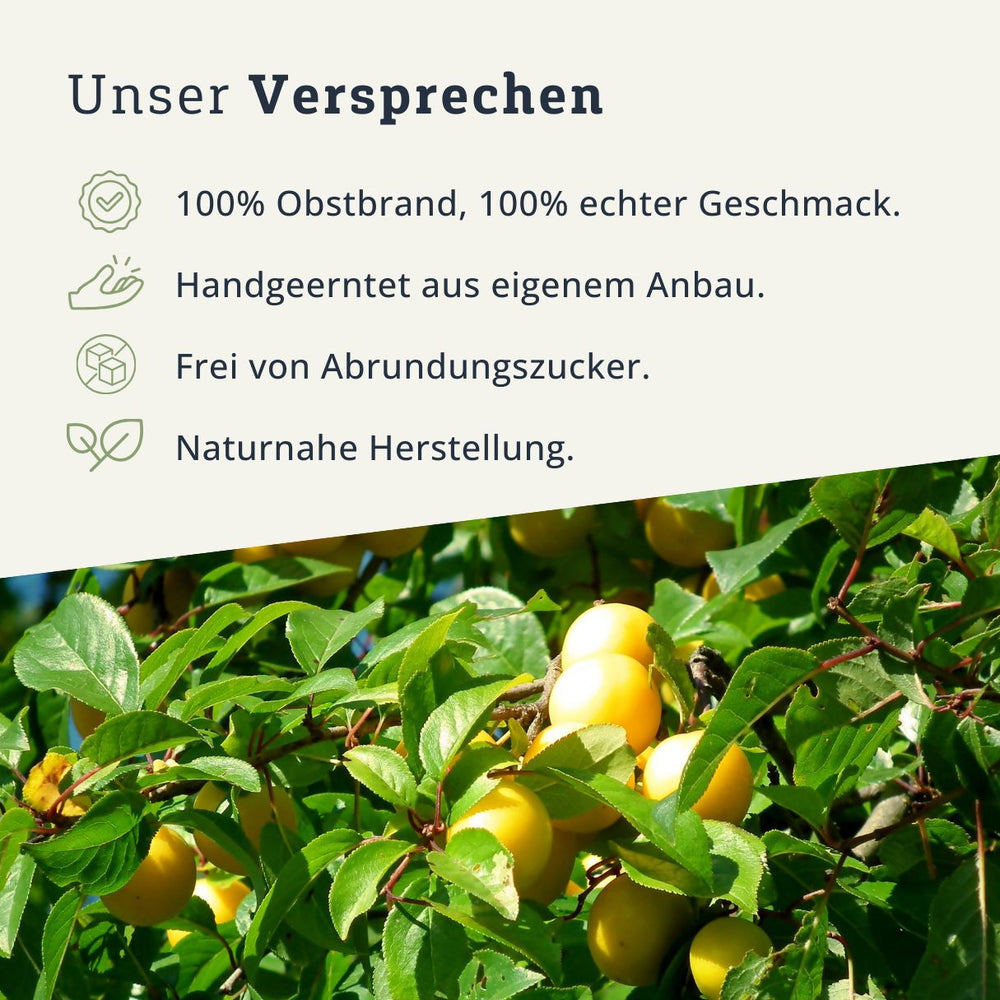

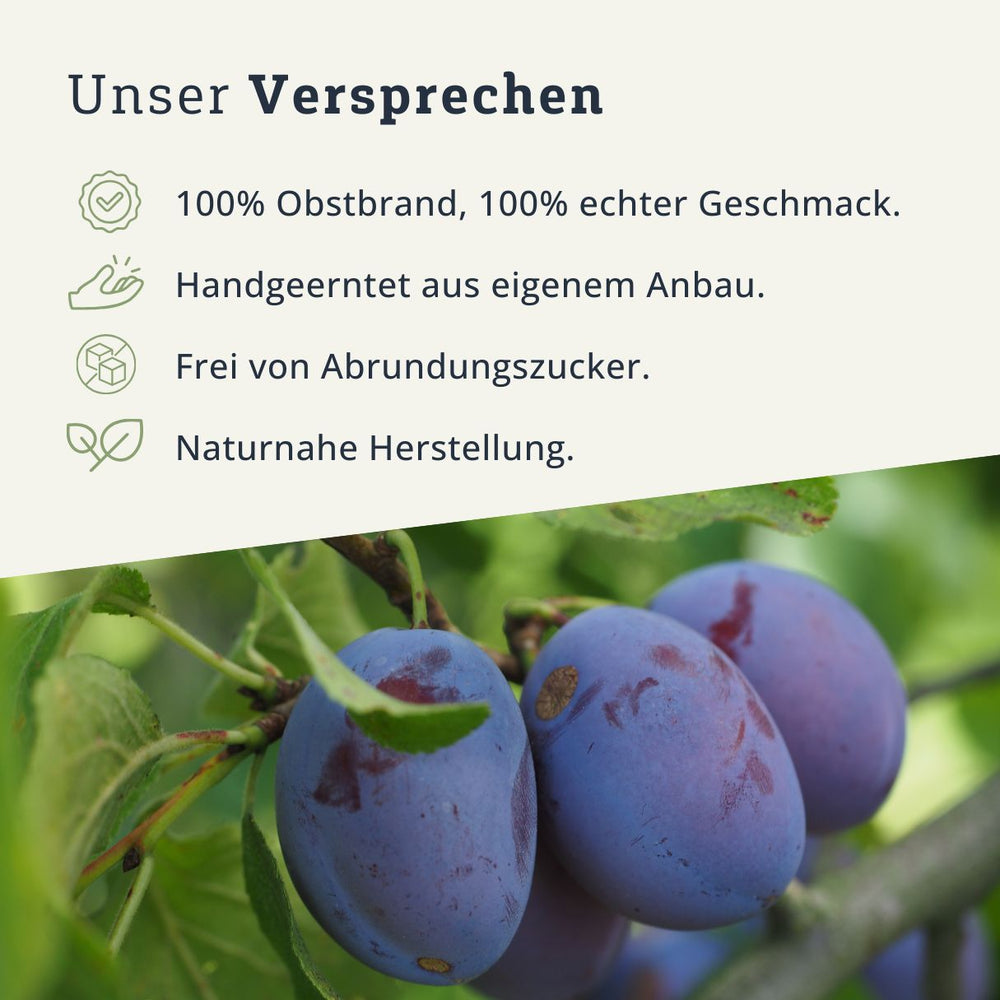

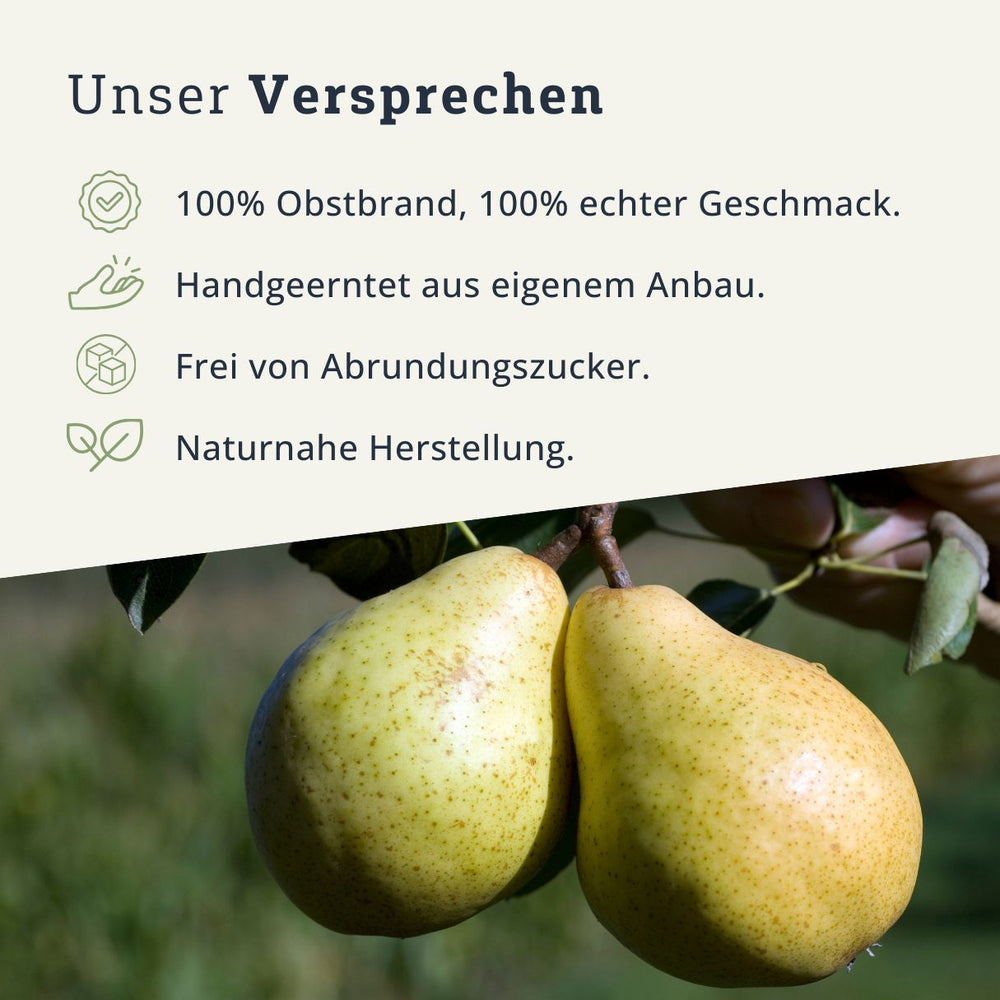
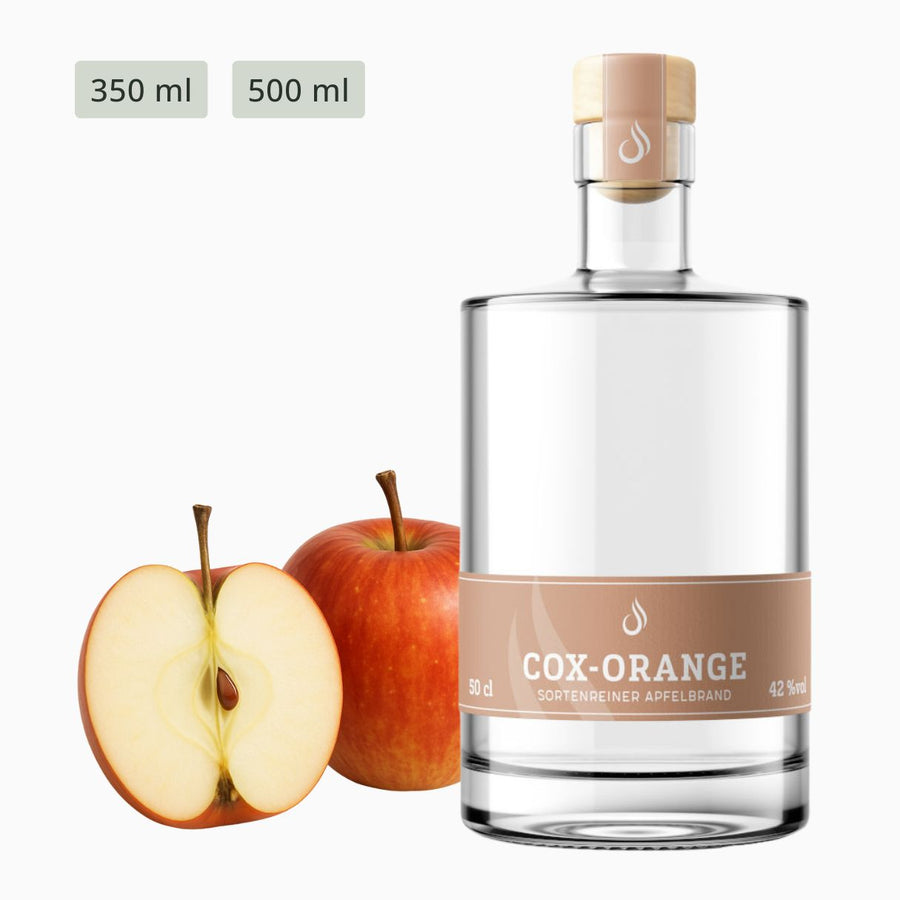
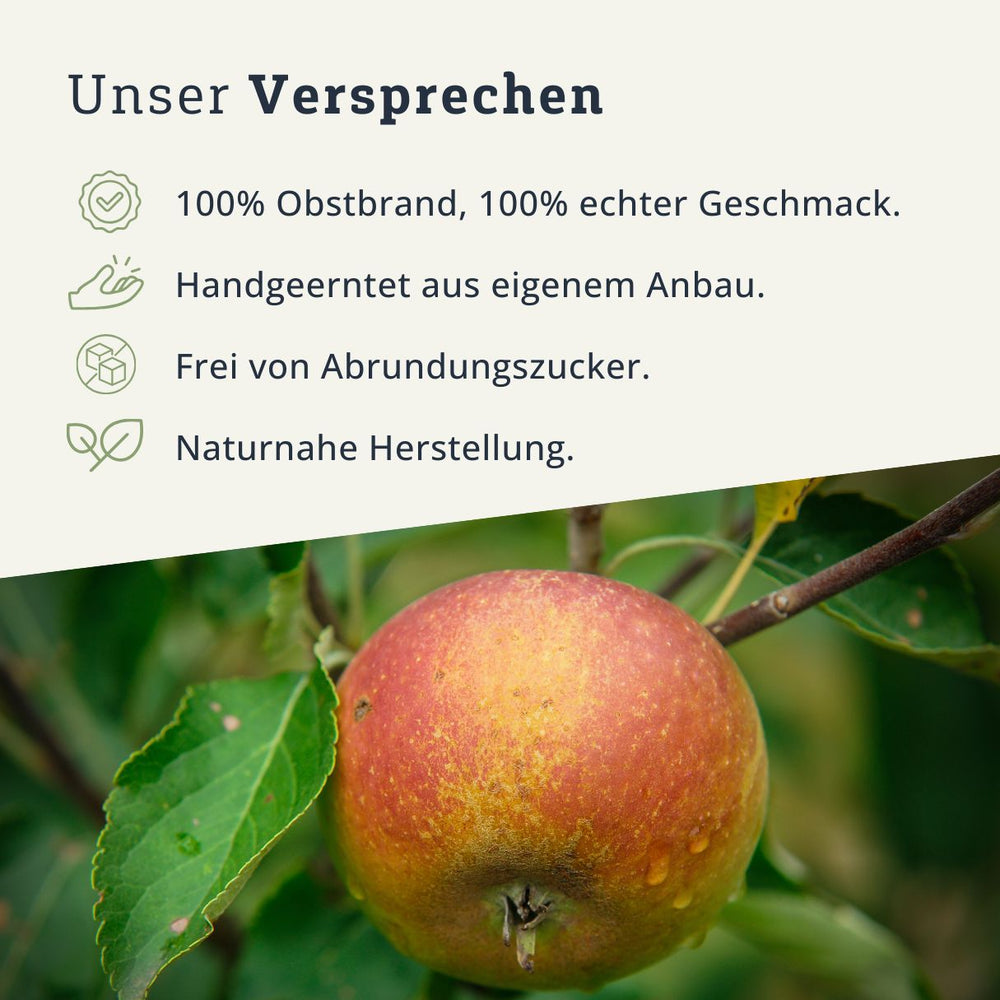



Leave a comment